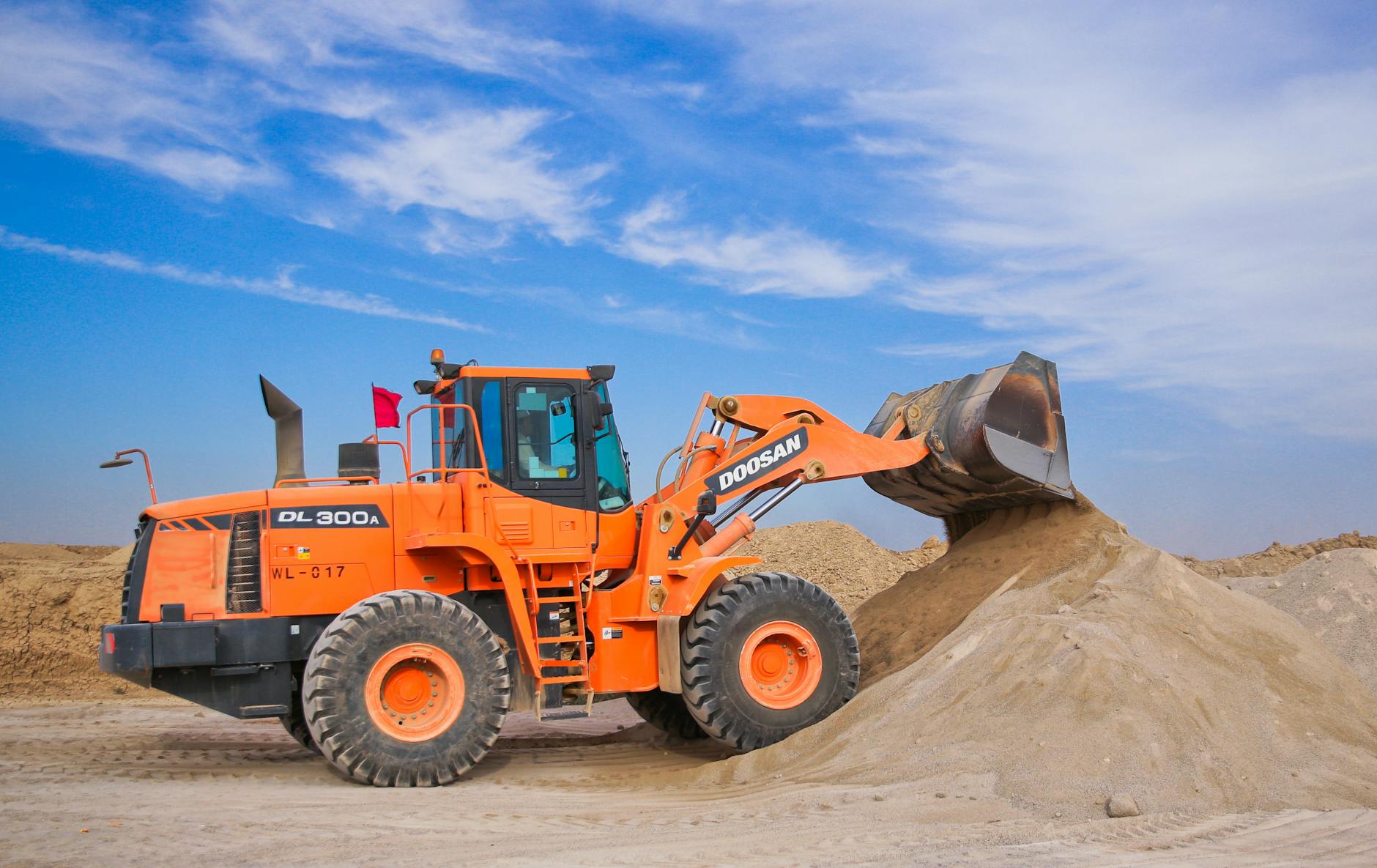
Mobile Equipment Safety: Prioritizing Operator Training and Maintenance Practices
Introduction
Mobile equipment, ranging from forklifts to construction vehicles, is integral to various industries. Ensuring the safety of operators and those in proximity is paramount. This article delves into the significance of prioritizing operator training and maintenance practices to enhance mobile equipment safety in the workplace.
Operator Training: The Foundation of Mobile Equipment Safety
- Comprehensive Training Programs
- Mandatory Training: Implement mandatory training programs for all operators, covering the specific mobile equipment they will operate.
- Continuous Learning: Provide ongoing training to keep operators updated on safety protocols, new features, and industry best practices.
- Simulated Training Environments
- Virtual Simulations: Utilize virtual reality or computer-based simulations to replicate real-world scenarios, allowing operators to practice in a controlled environment.
- Emergency Response Drills: Conduct simulated emergency drills to ensure operators are well-prepared for unexpected situations.
- Emphasis on Hands-On Practical Training
- Equipment Familiarization: Ensure operators are familiar with the specific mobile equipment they will operate, understanding its controls, features, and limitations.
- Supervised Practice: Provide supervised hands-on practice sessions to build confidence and competence in equipment operation.
Maintenance Practices: Sustaining Mobile Equipment Safety
- Regular Inspection Routines
- Pre-Shift Checks: Incorporate pre-shift inspection routines to identify and address any potential issues before equipment use.
- Scheduled Maintenance: Establish a schedule for routine maintenance, adhering to manufacturer guidelines for inspections and component replacements.
- Prompt Repairs and Corrective Actions
- Immediate Attention to Defects: Operators should promptly report any observed defects or malfunctions for swift corrective action.
- Documentation: Maintain a comprehensive record of repairs, replacements, and maintenance activities for each piece of mobile equipment.
- Use of Technology for Monitoring
- Telematics Systems: Implement telematics systems to monitor the performance and condition of mobile equipment remotely.
- Predictive Maintenance: Utilize predictive maintenance tools to anticipate potential issues based on equipment data, allowing proactive interventions.
Safety Integration in Equipment Design
- User-Friendly Controls and Displays
- Intuitive Design: Design mobile equipment with user-friendly controls and displays, reducing the risk of operator error.
- Clear Visibility: Ensure optimal visibility from the operator’s seat to enhance situational awareness.
- Incorporation of Safety Features
- Collision Avoidance Systems: Equip mobile equipment with collision avoidance systems to prevent accidents in busy workplaces.
- Emergency Stop Mechanisms: Integrate emergency stop mechanisms for quick response in critical situations.
Organizational Safety Culture
- Leadership Commitment
- Top-Down Emphasis: Demonstrate leadership commitment to mobile equipment safety through clear policies, communication, and resource allocation.
- Incentivizing Safety: Implement incentives for adherence to safety protocols, including proper equipment operation and reporting of safety concerns.
- Continuous Feedback Loop
- Operator Feedback: Encourage operators to provide feedback on safety concerns and suggestions for improvements.
- Regular Safety Meetings: Conduct regular safety meetings to discuss incidents, share best practices, and address emerging safety issues.
Conclusion
Mobile equipment safety is a multifaceted endeavor that begins with thorough operator training and extends to meticulous maintenance practices. By integrating safety considerations in equipment design, fostering a robust organizational safety culture, and utilizing technology for monitoring and predictive maintenance, workplaces can create an environment where the operation of mobile equipment aligns with the highest safety standards. Prioritizing safety is not just a legal requirement; it is a commitment to the well-being of personnel and the efficiency of operations.
Transportation Safety Engineering: Ensuring Safe Operations in the Transportation Sector
Crane Hazards and Control Measures
Web Sling Capacity Calculation
Frequently Asked Questions (FAQs)
- Why is comprehensive operator training crucial for mobile equipment safety?
- Comprehensive operator training is crucial to ensure operators are well-prepared, familiar with equipment controls, and capable of responding to various scenarios, thereby minimizing the risk of accidents.
- How can maintenance practices contribute to mobile equipment safety?
- Regular inspection routines, prompt repairs, and scheduled maintenance activities help identify and address potential issues, ensuring that mobile equipment operates safely and efficiently.
- What role does safety integration in equipment design play in mobile equipment safety?
- Safety integration involves designing equipment with user-friendly controls, incorporating safety features like collision avoidance systems, and ensuring clear visibility, all of which contribute to preventing accidents and enhancing overall safety.
- Why is organizational safety culture important for mobile equipment safety?
- A strong safety culture, driven by leadership commitment, continuous feedback loops, and incentives for safety adherence, creates an environment where mobile equipment safety is prioritized at all levels of the organization.
























